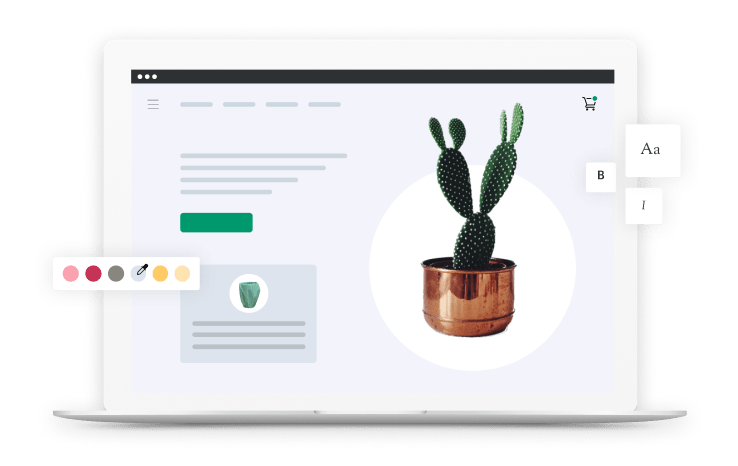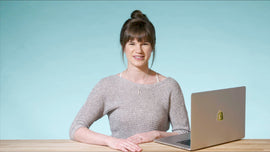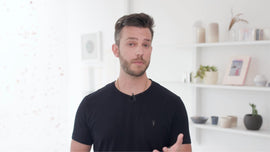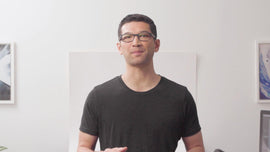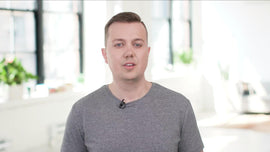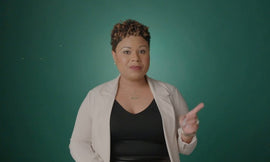-
So, how does your customer avatar relate to Facebook? Well, as I mentioned, Facebook has thousands of data points on every user, they even have data points on people who don't have Facebook accounts and Facebook allows us to aggregate those data points and what our avatar does is it gives us a starting place for building out these audiences. Facebook's lingo, Facebook's term for a grouping of data points is an audience. We use our avatar to inspire our Facebook research in their audience insights tool and then we use these interest groups, these groups of people, because all those data points that Facebook has, they're all interest-related, they're about what people are interested in or what they have done.
-
所以我们使用,《阿凡达》告诉我们的研究people's interests and then we group those interests together to make audiences that we use to target people with ads. And there's one other type of targeting that we use to get new people in the door. It's called a lookalike audience and it's where we as a merchant have some kind of seed data. We've got an email list, a list of buyers, a group of people who like our Facebook fan page, people who've maybe watched a video of ours on Facebook, and we can say, "Hey, Facebook, give us people who look like the people in this seed list." So, for example, if I have a thousand email subscribers, Facebook will go out and it will grab people who have at least nine data points in common with the people on my list.
-
And so I end up with a lookalike audience of an audience of people who look similar to my seed audience of email subscribers, buyers, Facebook fans or otherwise. And when I get into showing you how to build audiences, I'm also gonna show you how to create lookalike audiences. The problem is, most people who are starting out, they don't have the seed data. So you have to start with really good interest targeting, which is where the avatar comes in, so that you can build data that you can then use to make lookalike audiences.
